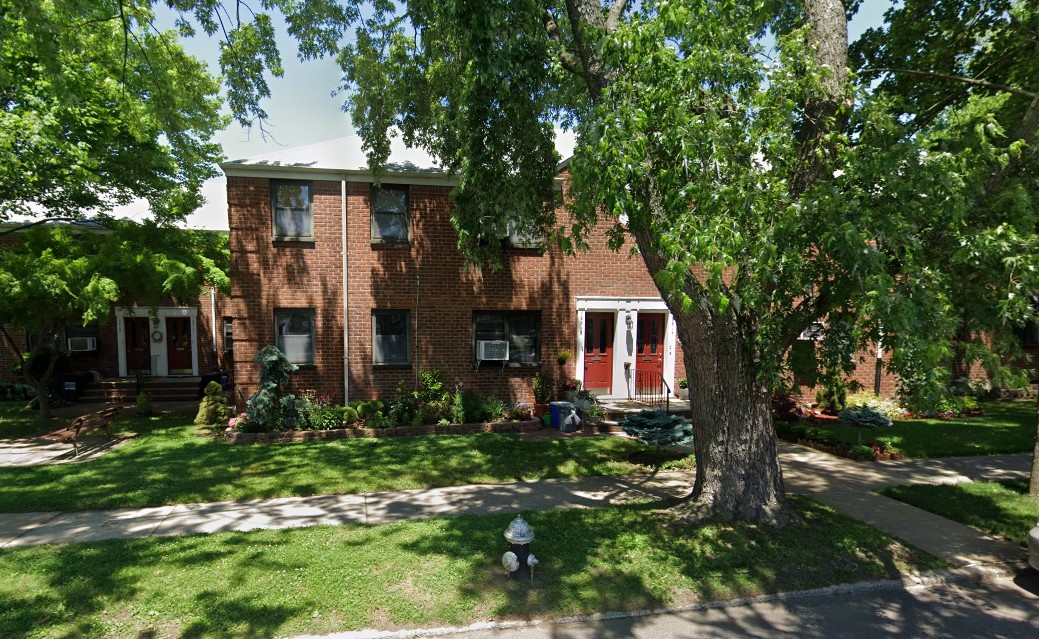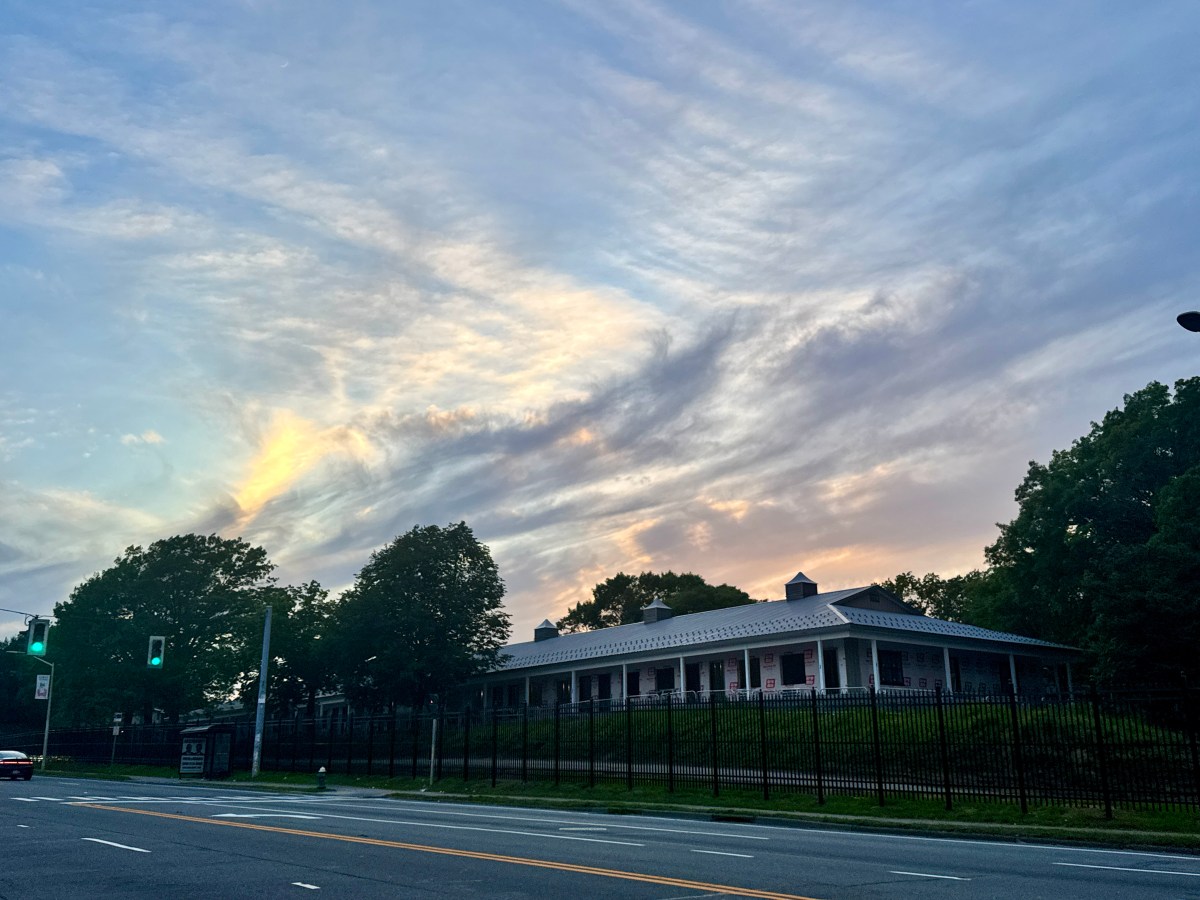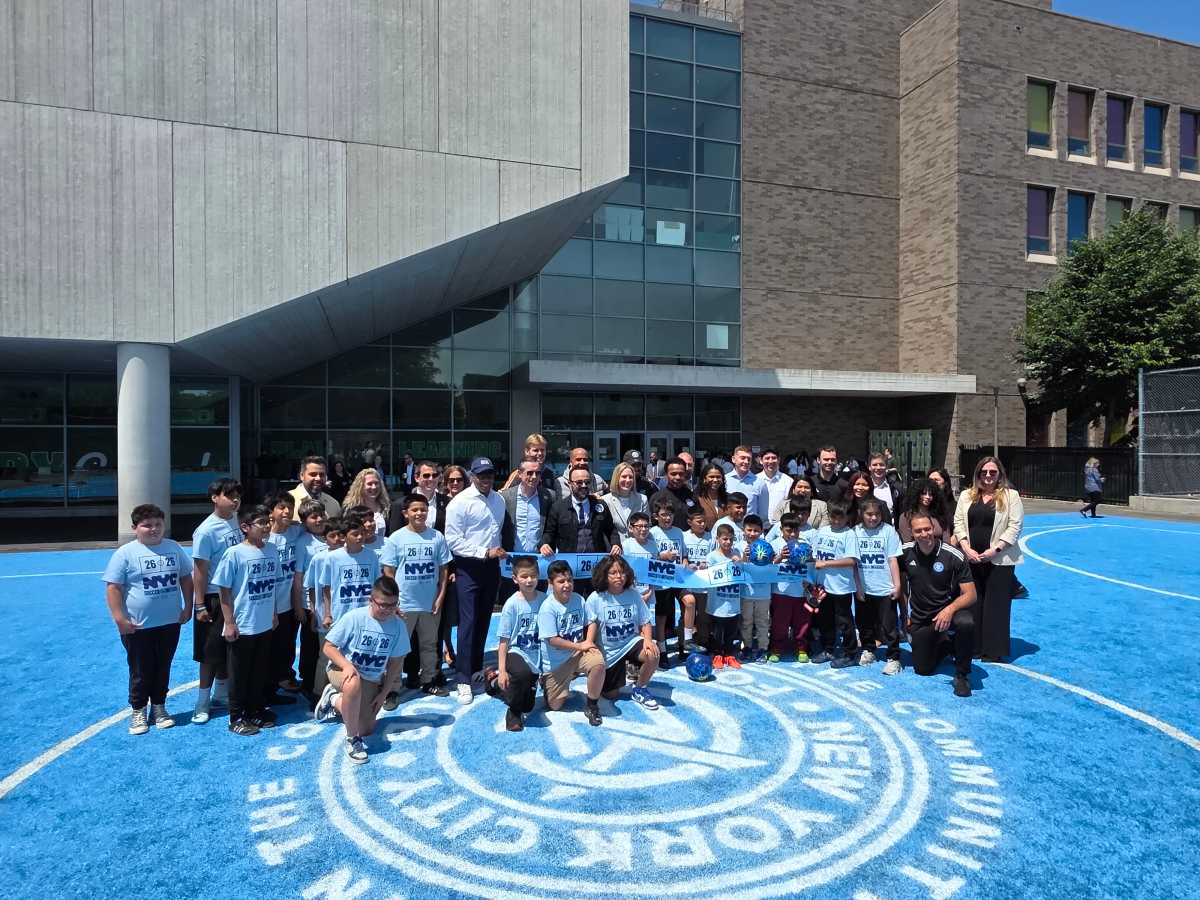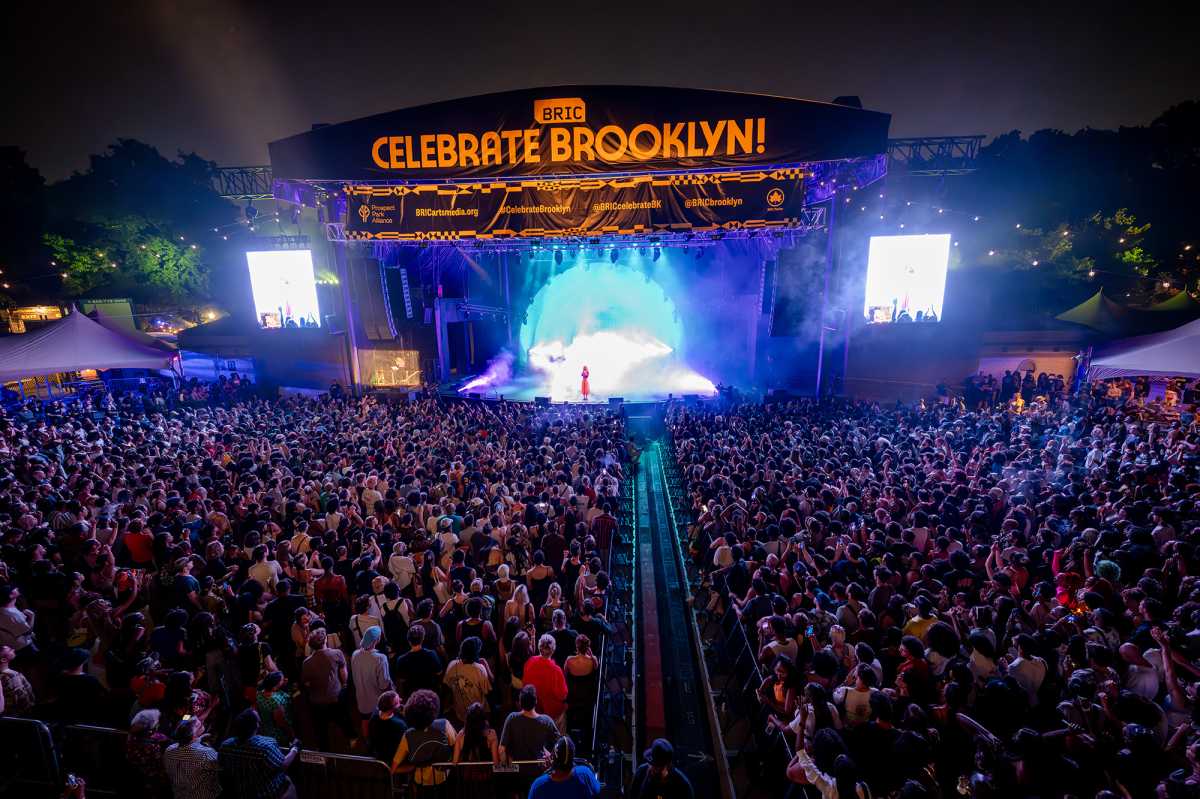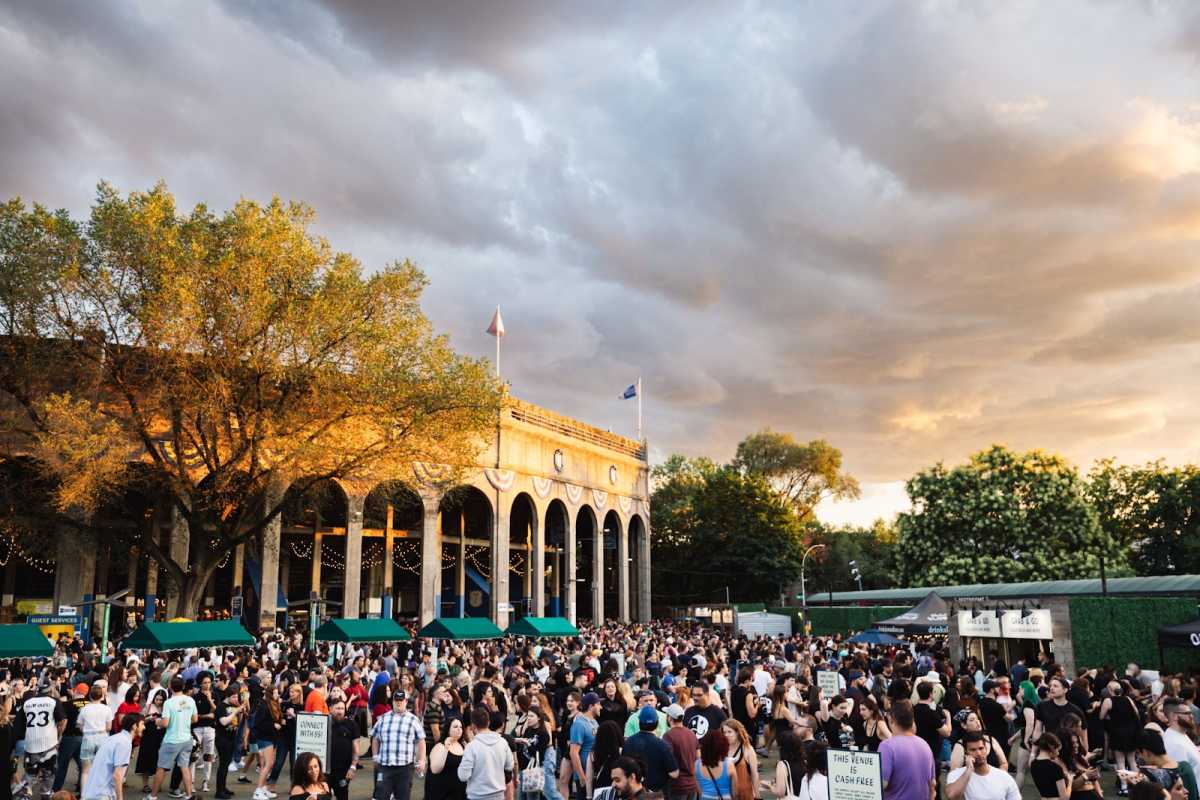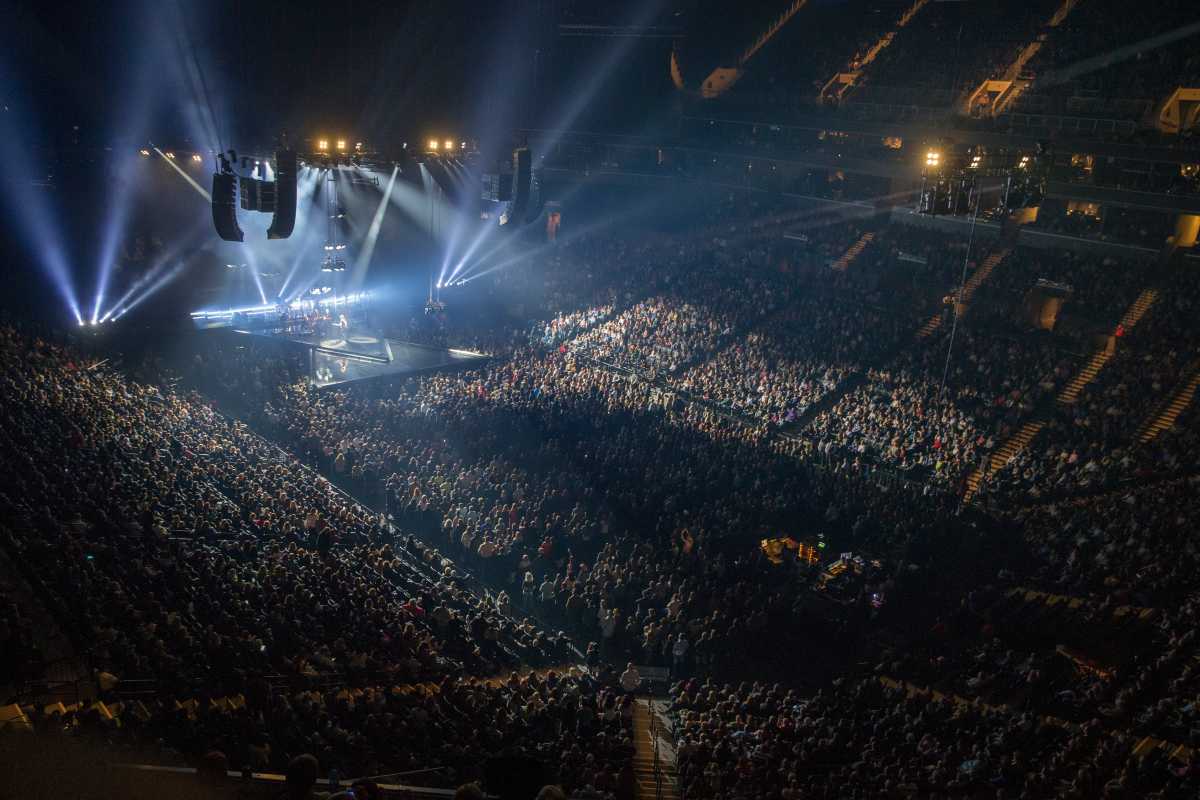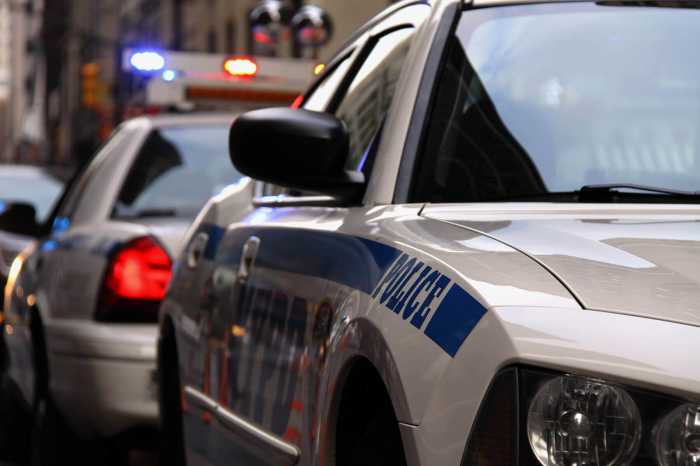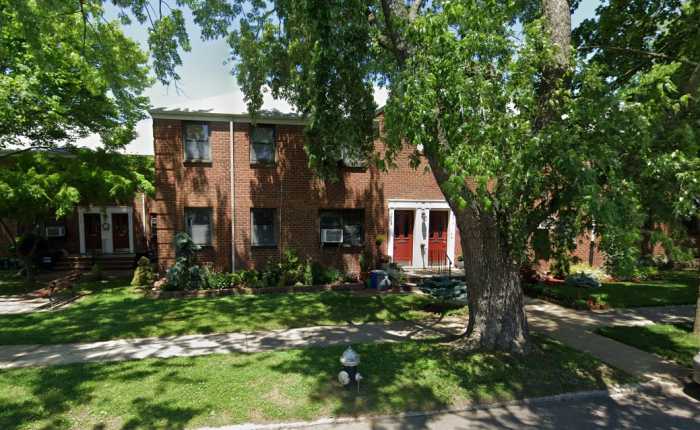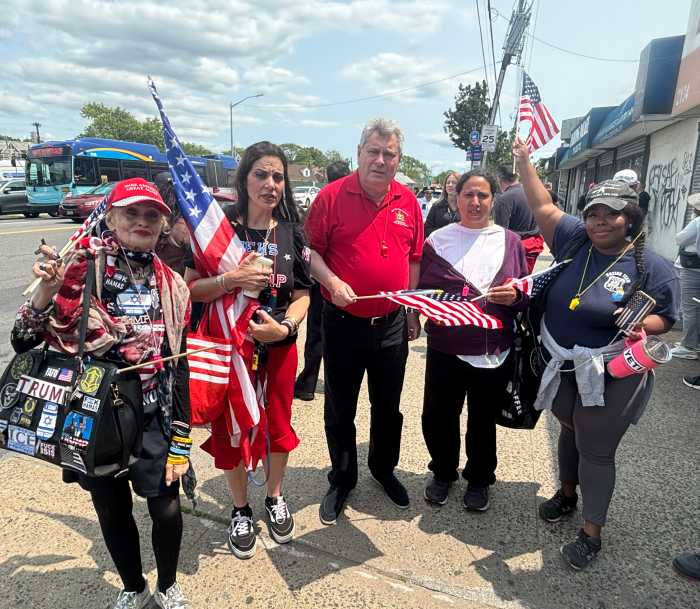By David H. Ellis
The Parks Dept. is planning to replace the asphalt in Columbus Park with artificial turf, although some Chinatown residents oppose the plan.
There’s a turf war going on in Chinatown — literally.
With the city’s Parks Department opting to replace the asphalt surface of the Columbus Park ball field with artificial turf, neighborhood opponents of the decision won a minor victory on June 22, as Community Board 3 recommended the Parks Department consider concerns of residents.
“I hope that the community board will listen to the majority of Chinatown,” Paul Gong, president of Friends of Columbus Park, a coalition of 24 neighborhood groups, said to Board 3 members at their monthly meeting at P.S. 20 on June 22. “I hope they will listen to our concerns.”
The planned restoration of the 2.76-acre park, located on Baxter between Bayard and Worth Sts., would include replacing the ball field with an artificial turf made of grasslike blades. The synthetic lawn surface, which would reportedly cost more compared to the rubberized asphalt that Chinatown groups favor, was selected by the Parks Department for its minimal maintenance.
The city agency said they are considering the recommendations of Board 3, but they maintain that the artificial-grass surface is the best option for Columbus Park.
“Community Board 3 passed a resolution that we are responding to,” Ashe Reardon, a Parks spokesperson, said in a prepared statement. “We are looking into the feasibility of a rubberized asphalt overlay in some spots to support volleyball and basketball games.”
Last February, Mayor Michael Bloomberg and City Council Speaker Gifford Miller announced that Columbus Park would receive $1.1 million for improvements. The funding was part of a $1.4 million donation bequeathed to the city by Joseph Temeczko, a Minneapolis resident and Polish immigrant, in honor of the victims of 9/11.
Some Chinatown residents spoke in favor of the Parks Department plan,
Gong believed that using artificial turf would limit some of the recreational activities, such as basketball, that currently take place in the park.
“We always maintain it is a public park, but at the same time we have to make sure it is not restrictive. Once you put in synthetic turf in the park only some groups can use it,” said Gong, who hoped for a surface similar to the one at Seward Park at E. Broadway and Essex and Canal Sts. on the Lower East Side.
Friends of Columbus Park, which Gong helped organize in 2002 to remedy the shabby character of the park — including a pavilion infested with pigeons — also believed that the money that could be saved by choosing a rubberized surface could be allocated towards other park improvements.
“Our thinking is we appreciate the gift and love to have the money for Columbus Park,” he said. “But there are other issues, such as improving the public bathrooms, that money could be used for to make the park better.”
WWW Downtown Express
















